News
Jan 01, 0001
Public Hearing on Thermal Fuse Reimbursement: A Critical Step Towards Fire Safety
CMC to hold public hearing November 8 regarding thermal fuses, a crucial safety device in fire prevention.

Jan 01, 0001
The IAFC calls upon the United States Senate to consider and pass legislation to help make e-bikes, e-scooters and hoverboards fire-safe.
IAFC encourages members to contact their Senators and ask them to pass legislation requiring safety standards for lithium-ion batteries in micro mobility devices.

Jan 01, 0001
The Fire & Life Safety Section (FLSS) has launched a Home Oxygen Therapy (HOT) Toolkit
FLSS recently launches an essential tool for Fire Chiefs and departments to address the hazards associated with Home Oxygen Therapy
toolkit.png?sfvrsn=3b907a0c_2)
Jan 01, 0001
Chief Greg Rogers provides insight to NFPA Journal on the Single Exit Stair topic
Chief Greg Rogers provides insight to NFPA Journal on the Single Exit Stair topic
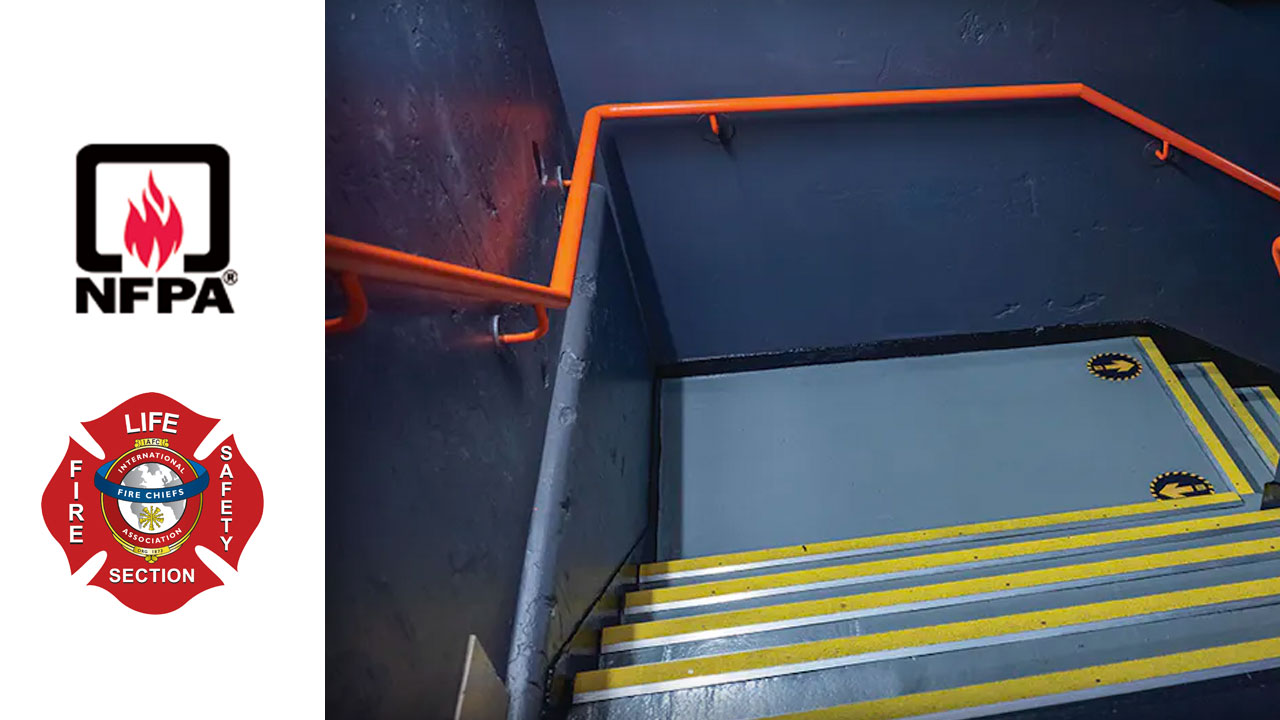
Jan 01, 0001
Fire Chief Ray Reynolds Honored for Excellence in Fire and Life Safety
Fire and Life Safety Section presented Fire Chief Ray Reynolds with the 2024 Excellence in Fire & Life Safety Award
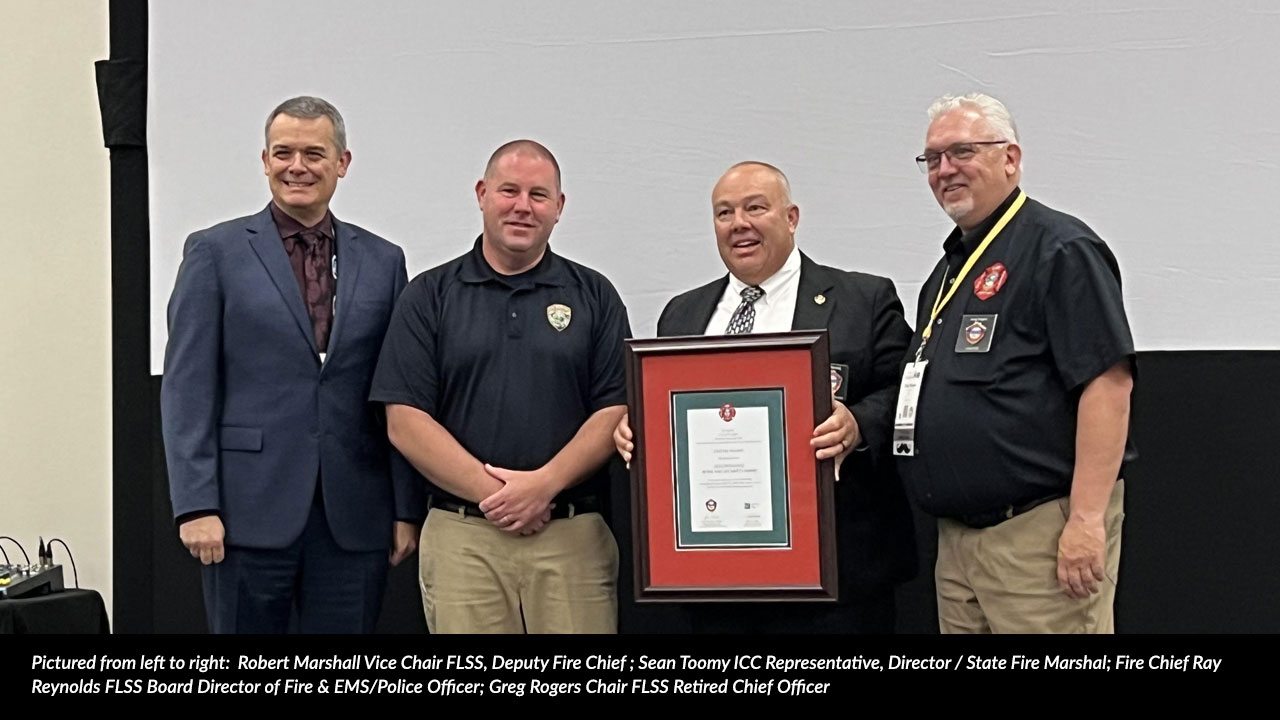
Jan 01, 0001
Call For Presentations: 2025 Community Risk Reduction Leadership Conference
Submit your presentation idea as part of the 2025 Community Risk Reduction (CRR) Leadership Conference today
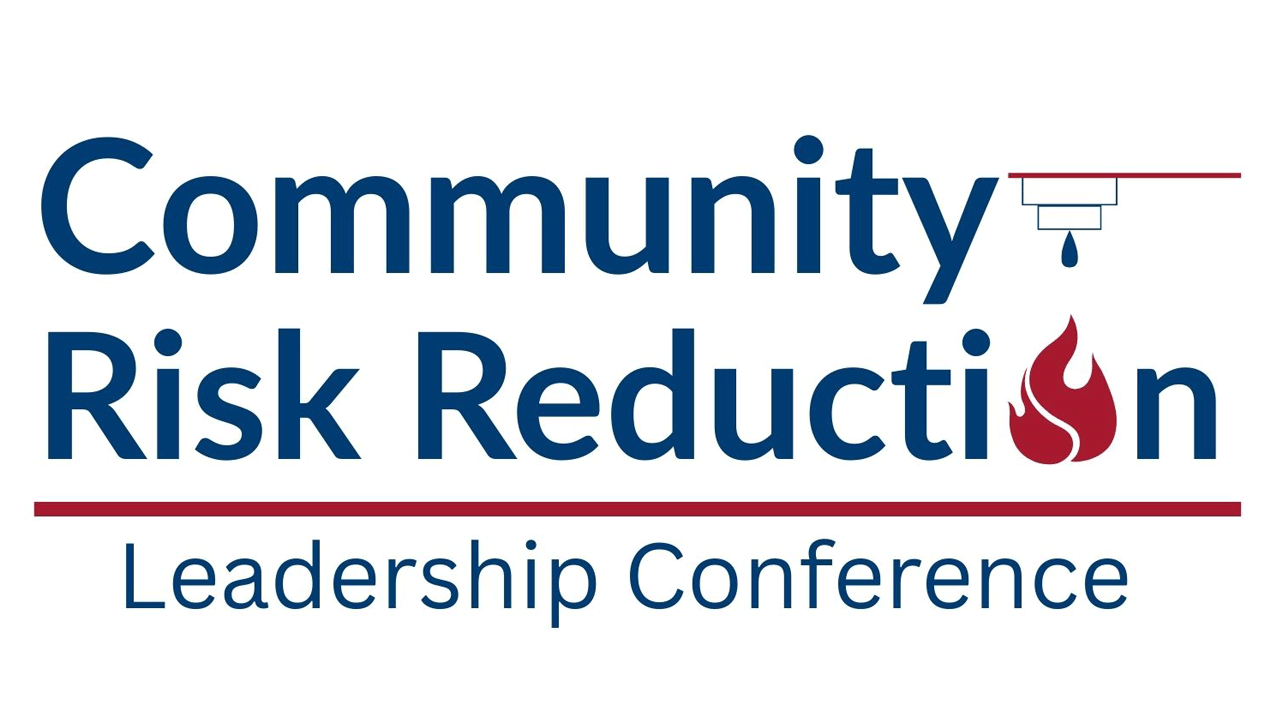
Jan 01, 0001
Come participate in the conversation about Fire Service Hazards and Building and Fire Code Prevention Measures related to Lithium-ion Batteries and Energy Storage Systems!
Join the IAFC and FLSS session on lithium-Ion Batteries during FRI.

Jan 01, 0001
New Standards Development Activity on Battery Safety
NFPA is seeking comments regarding New Standards Development Activity on Battery Safety
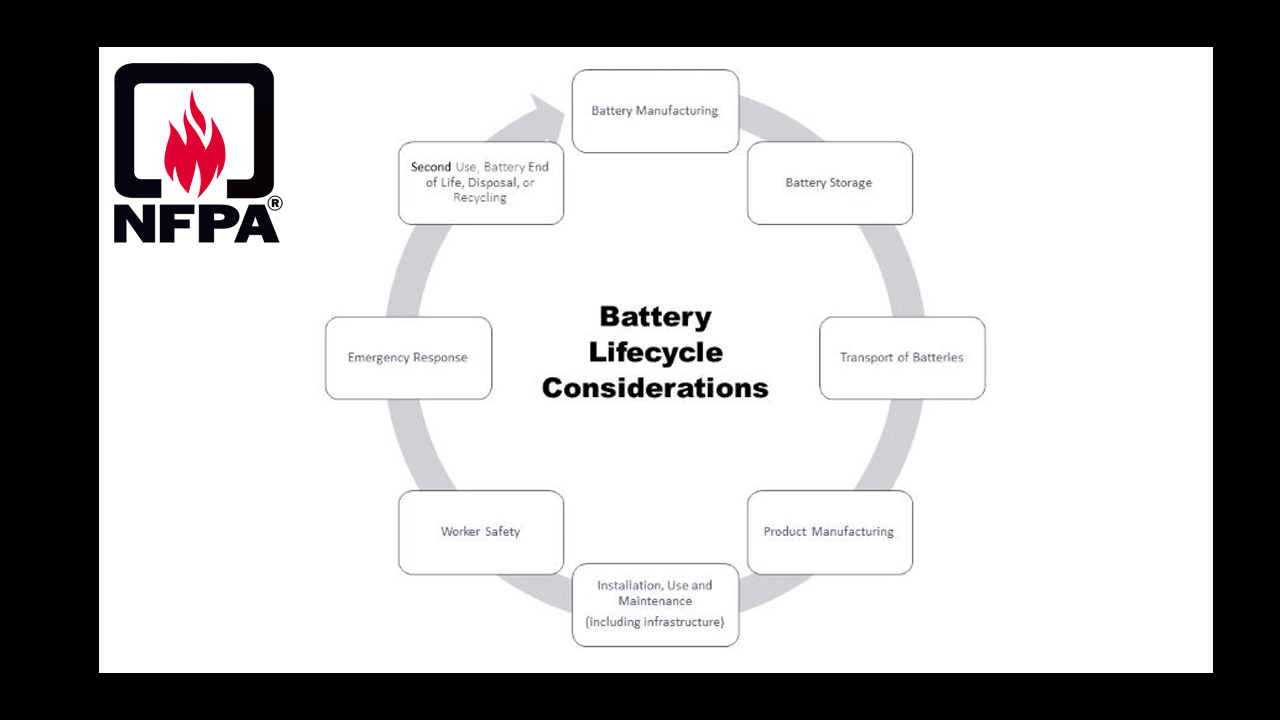
Jan 01, 0001
Fire & Life Safety Section Chair Greg Rogers testifies at ICC Code Hearing
Watch the fire service testify against the single stair code proposal
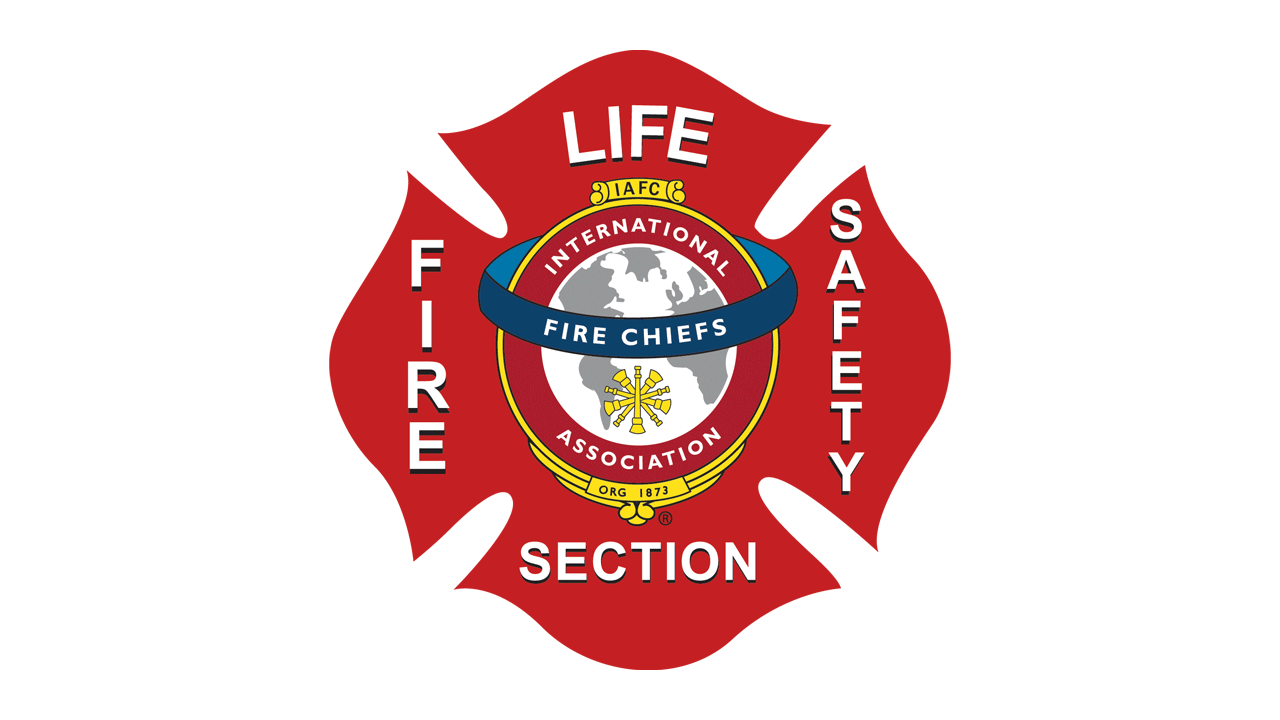
Jan 01, 0001
Reducing Stairs in Residential Buildings Higher Than Three Stories Creates Escape Hazards for Occupants and Inhibits Vital Emergency Response Operations
Fire, Life and Safety Section submits a position statement.

Jan 01, 0001
Fighting Fire and Preserving Progress: The Unsung Role of Portable Fire Extinguishers in Environmental and Life Safety
The use of portable fire extinguishers is a win-win situation for both life safety and environmental preservation
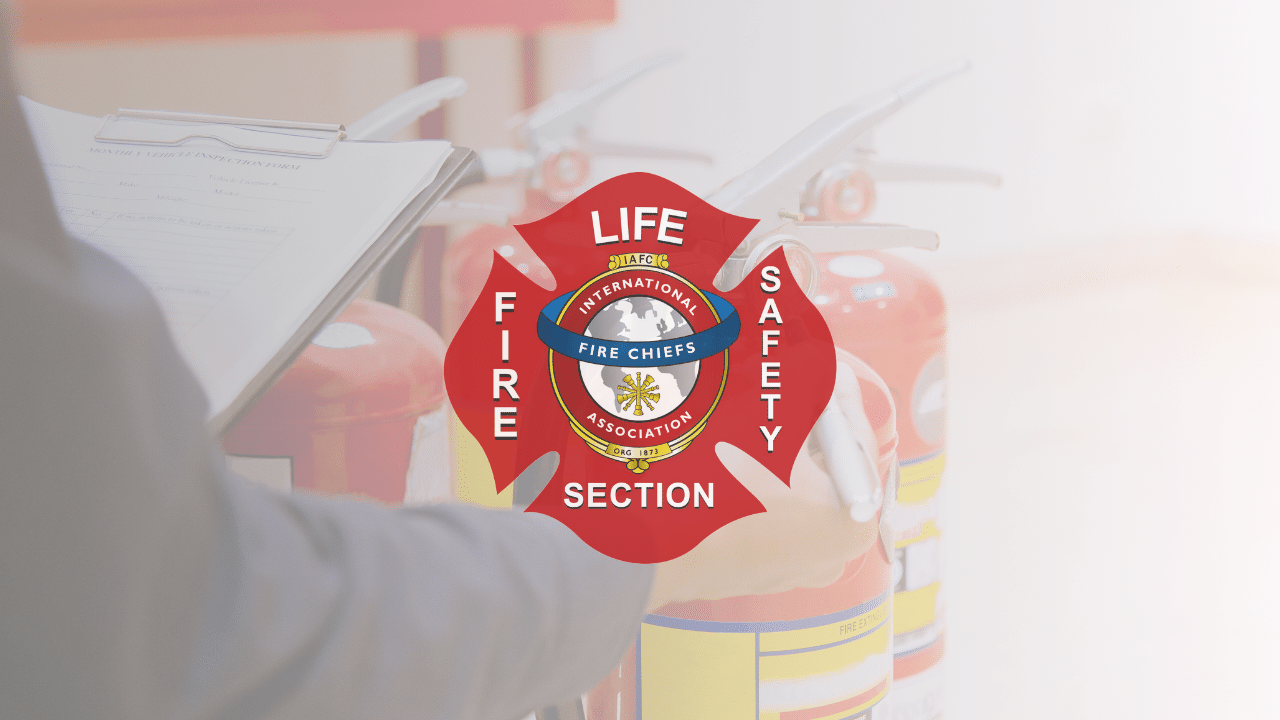
Jan 01, 0001
FLSS Strategic Initiatives Plan for the years 2023 – 2025
New! FLSS Strategic Initiatives Plan for the years 2023 – 2025

Jan 01, 0001
FLSS Scholarship for the Community Risk Reduction Leadership Conference
Learn about an opportunity for scholarships and complimentary registration to attend the Community Risk Reduction Leadership Conference

Jan 01, 0001
The Fire and Life Safety Section IAFC training has been rescheduled!
Join us on November 15th, 2023, and equip yourself with essential skills to ensure safety in any situation
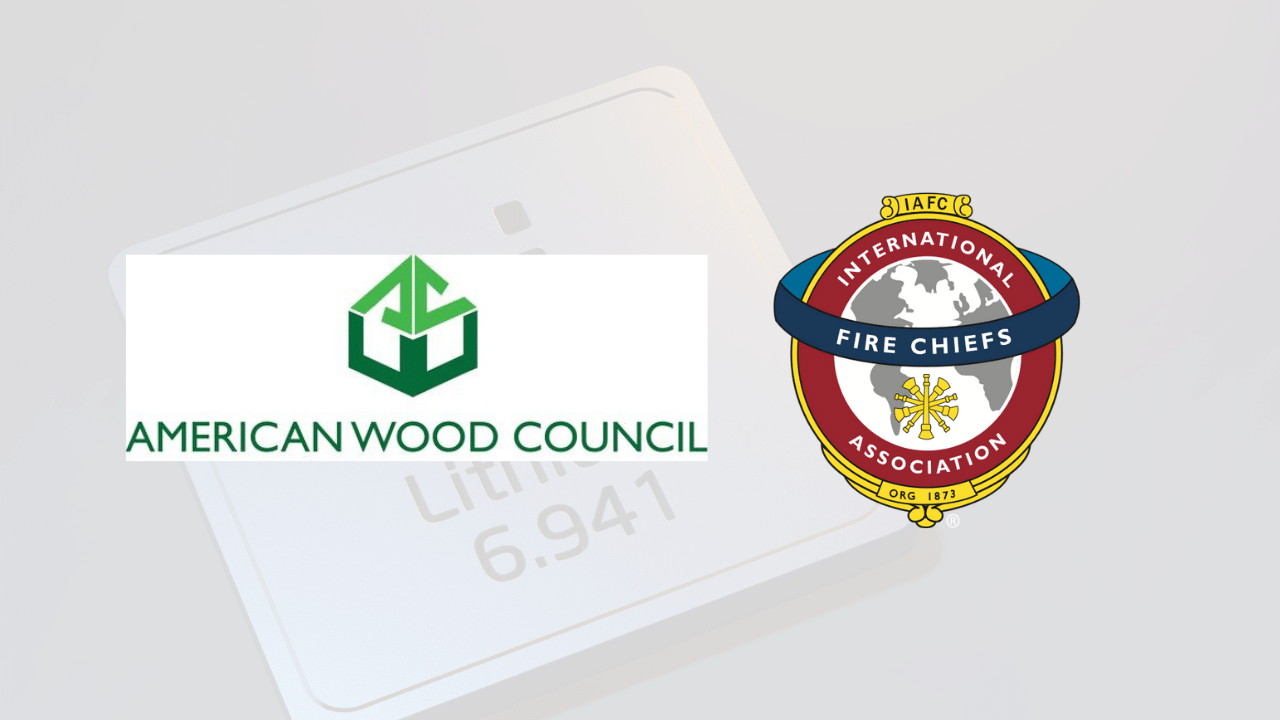
Jan 01, 0001
Training: Batteries in the Fire Service, Tall Mass-Timber Buildings & Fire Department Concerns, and Codes that Safeguard Construction
Training on operational response and code requirements for batteries in buildings and energy storage systems

Jan 01, 0001
Call for Candidates for the 2024 FLSS Election
Learn more about the available positions.

Jan 01, 0001
CNIC Announces Fire and Emergency Services Award Winners
The Navy F&ES Awards Program was instituted in 1997 to recognize the most outstanding fire departments and personnel for achieving the highest degree of excellence in mission support and fire protection management.
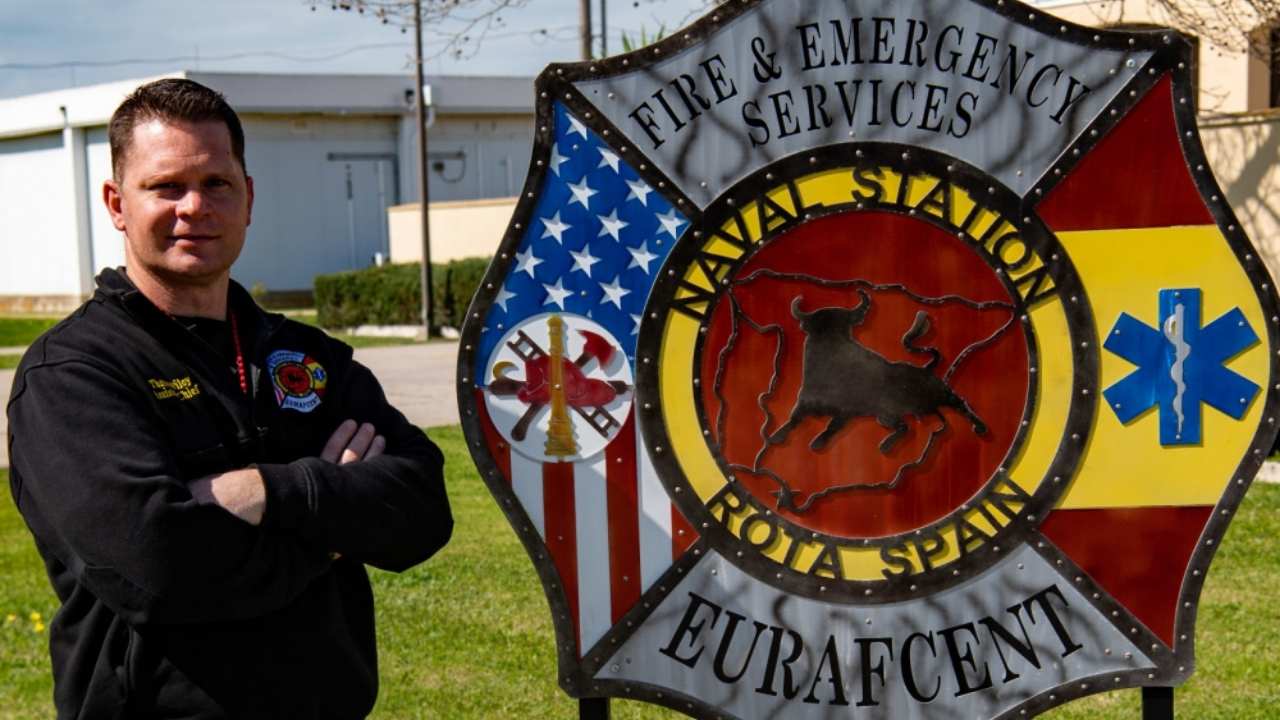
Jan 01, 0001
Trend Towards 10-Year Technology
Suggestions for replacing alarms.

Jan 01, 0001
Do Not Be Left Under Protected
If your home was built before 1993, here are optimum locations of smoke alarms.
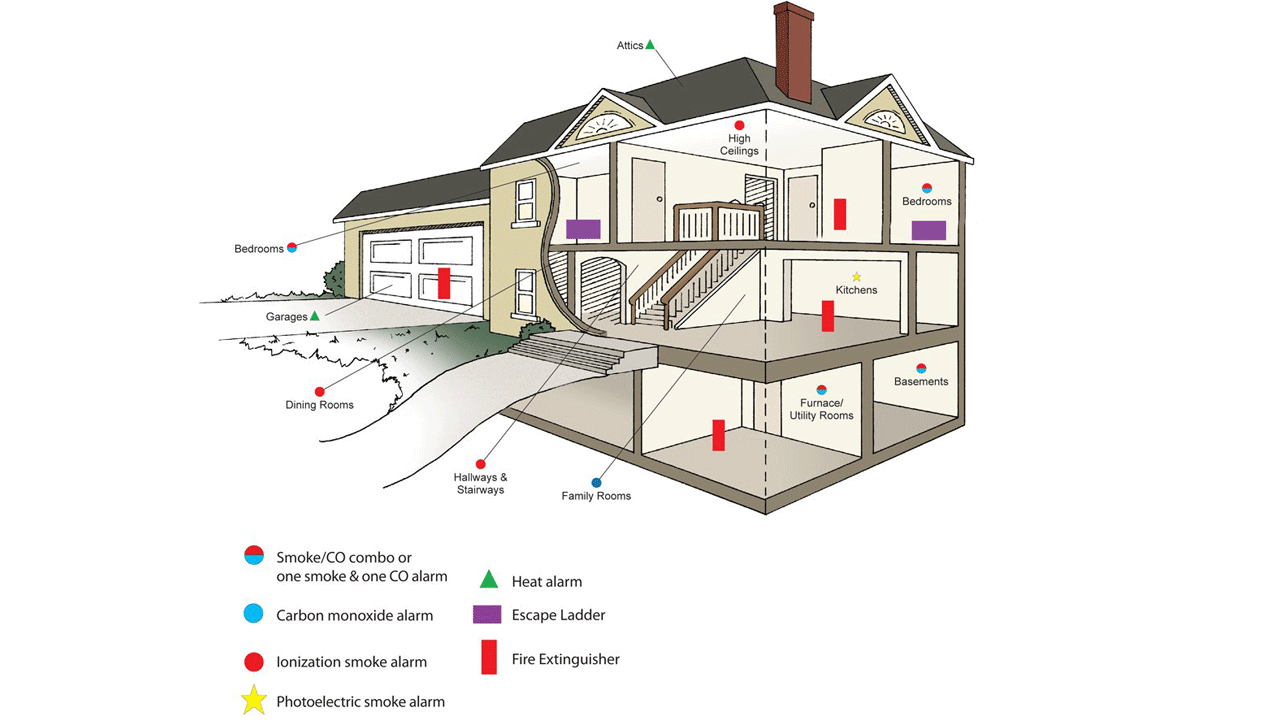
Jan 01, 0001
Don't Fall Victim to Carbon Monoxide, the "Invisible Killer"
Carbon monoxide, also known as CO, is called the "Invisible Killer" because it's a colorless, odorless, poisonous gas. More than 150 people in the Unites States die every year from accidental non-fire related CO poisoning associated with consumer products, including generators.
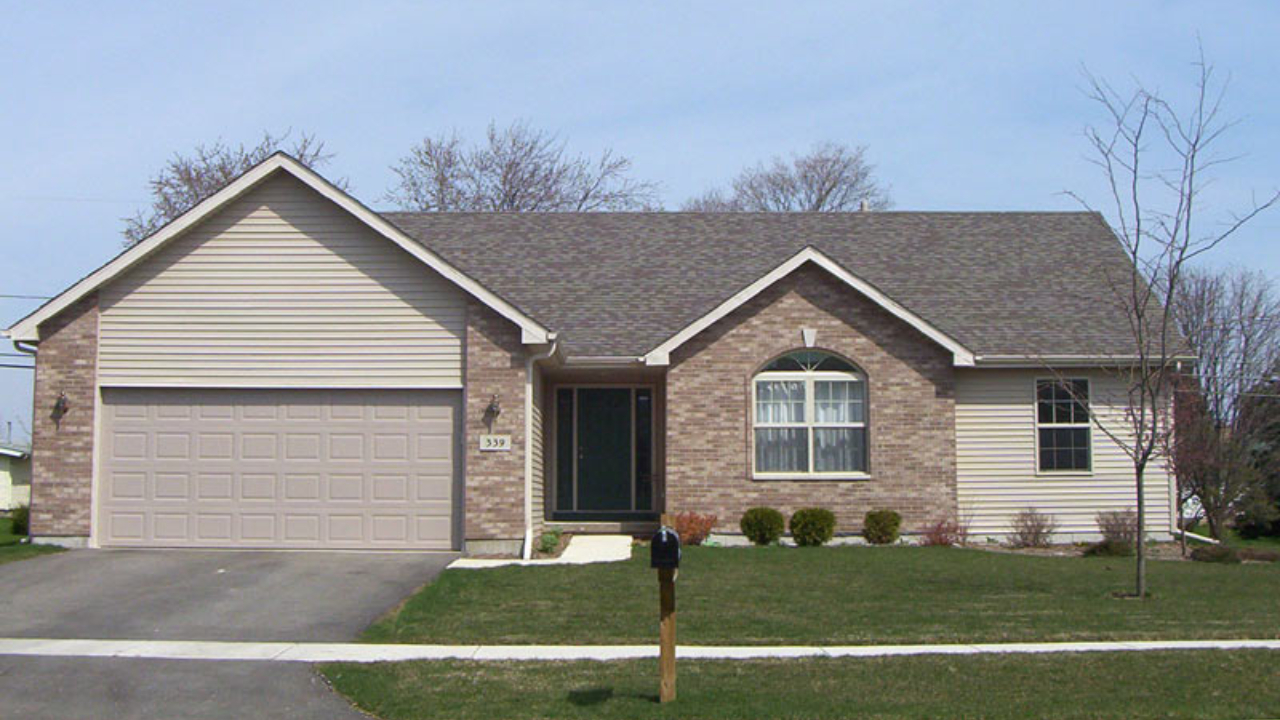
Jan 01, 0001
DHS Releases New “Cyber Essentials” Resources to Promote Cybersecurity
The IAFC recommends that fire chiefs review the actions described in the Cyber Essentials to protect your fire department from cyber-attacks.

Jan 01, 0001
Firefighter Safety Culture Starts Behind the Wheel
A comprehensive emergency vehicle driver program demonstrates your organization’s culture of safety for your firefighters, as well as the general public, that encounters our emergency vehicles on the street.
.png?sfvrsn=83599a0d_1)
Jan 01, 0001
Seven Ways to Make Community Risk Reduction a Focus of Your Department
An ever-present concern for any fire chief is our role in reducing the impact incidents have on our community.
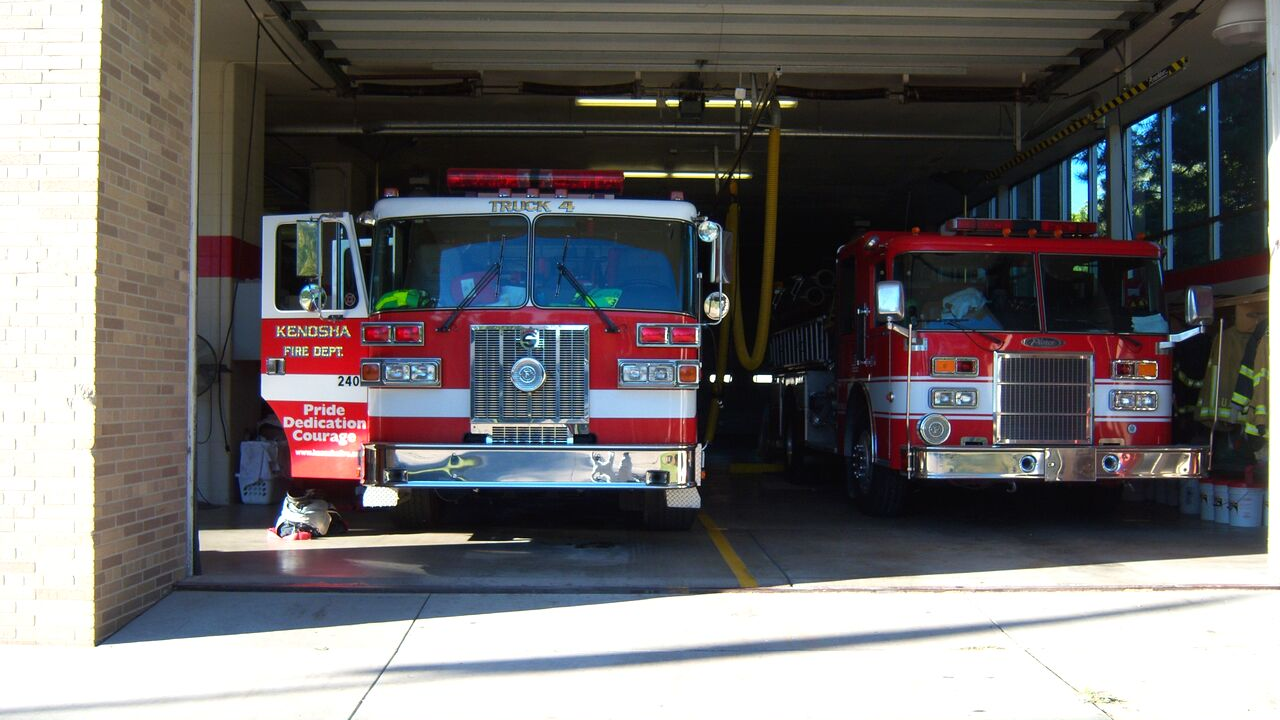
Jan 01, 0001
Fire Sprinklers Save Lives; Pass It On
Home Fire Sprinkler Week is May 19-25, a great opportunity for you to raise awareness in your community about this life-saving technology and break down the myths and legislative barriers to its use.
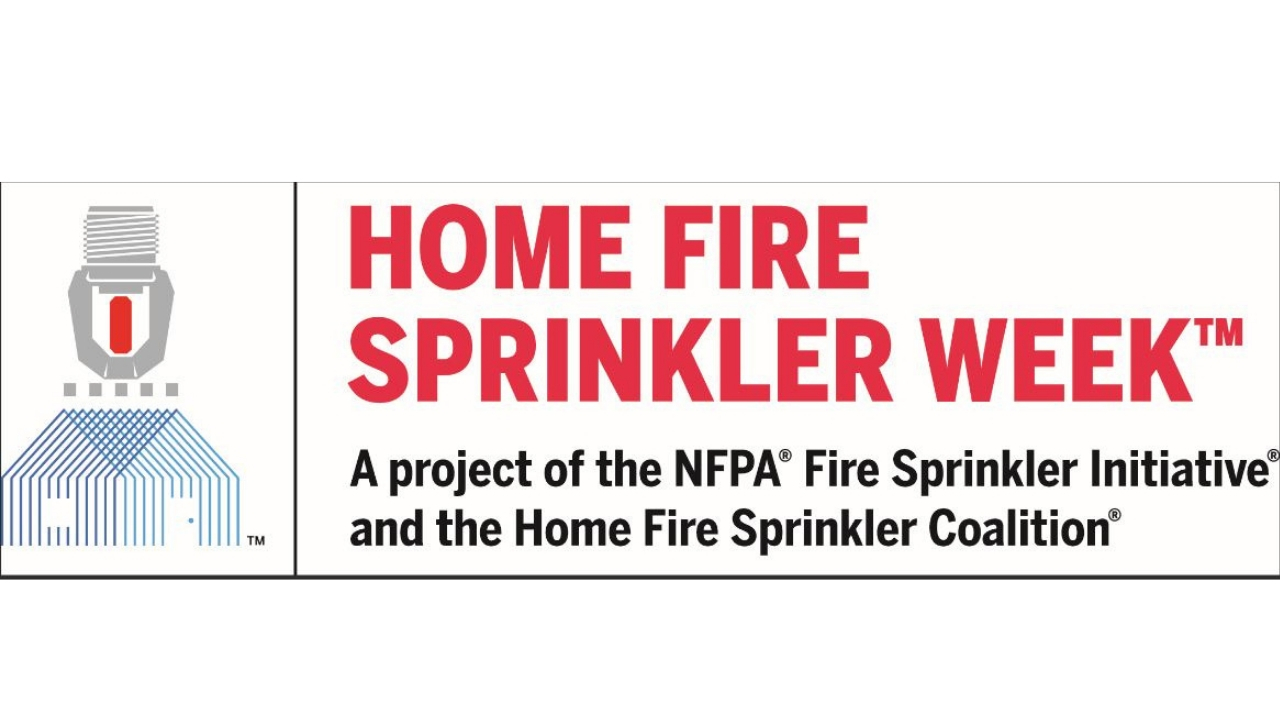
Jan 01, 0001
Are You Using Your Equity Goggles?
At a public-education event, a young Asian boy said to me, “Wow, I didn’t know you could be a firefighter; could I be a firefighter too?” I'll never forget his words; this was the first time he had seen a firefighter who looked like him.
![]()
Jan 01, 0001
Fire and Life Safety: Experiencing Home Fires – Still a Real Problem
School visits, department open houses and old messages don’t resonate with average community members. Public apathy is still a real problem. Are we missing the mark on public education?
![]()
Jan 01, 0001
Community Risk Reduction: The Magic Pill?
In CRR, we make changes to reduce the risk we find among our organizations, business community and citizens. We have many ways to do this, but what we’re looking for is a change of heart and direction, not just a magic pill.
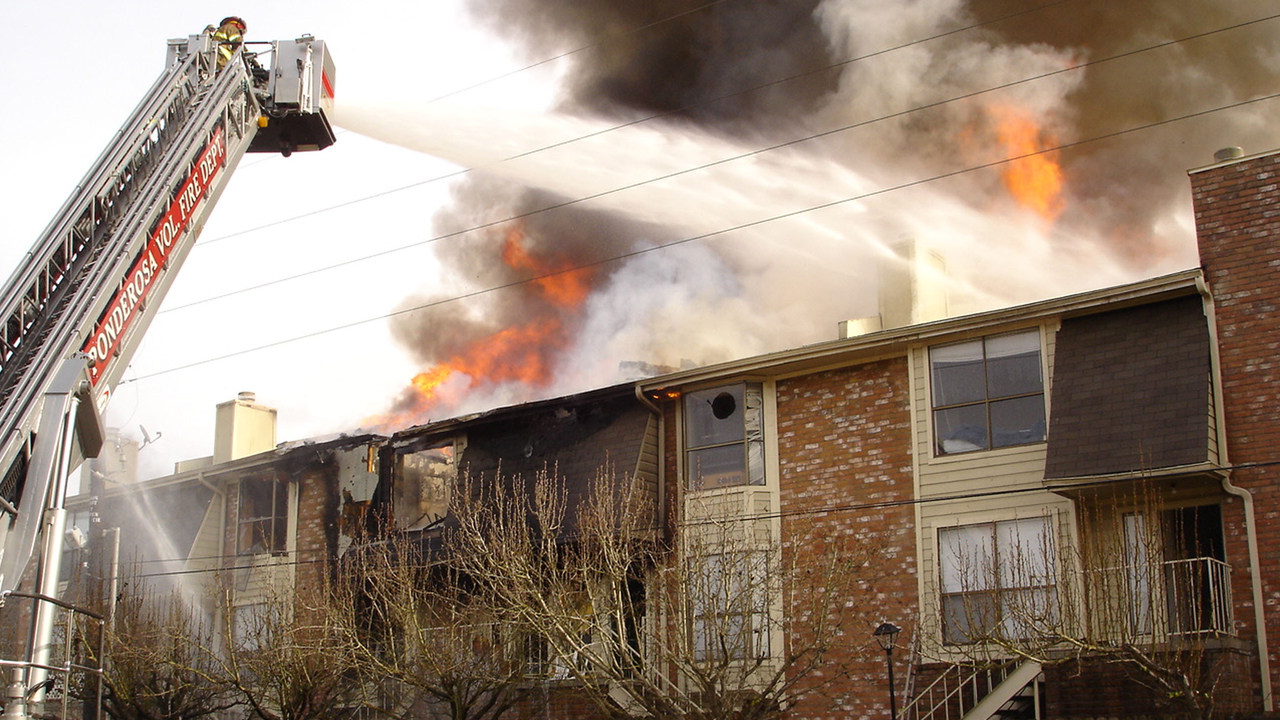
Jan 01, 0001
Making Community Risk Reduction Relevant
The IAFC’s new CRR Leadership Conference will educate and train chief officers and other fire service managers seeking to create, execute and evaluate measurably successful CRR platforms and programs.
![]()
Jan 01, 0001
Teaching and Technology: A Recipe for Safe Cooking
We know that cooking is the #1 cause of home fires and fire injuries in America, with $1 billion lost annually in property damage. An interest in technology that limits the high-end temperature of electric-coil elements is growing as a result.
![]()
Jan 01, 0001
Fire Sprinkler Incentives for Developers: A Win-Win
In a national survey of homebuilders and developers, 55% said they would be interested in building homes with fire sprinklers if they were offered incentives. However, only 6% had ever been offered them.
![]()
Jan 01, 0001
Fire Prevention Week: A Good Time to Reflect
This year’s Fire Prevention Week theme is "Look, Listen, Learn: Be Aware, Fire Can Happen Anywhere."
![]()
Jan 01, 0001
Executive Officer Leadership: “Fire Prevention” Is Outdated!
Am I suggesting the fire service do away with fire-prevention activities? Absolutely not! But are you doing a disservice to your responsibility to protect your community by using the label “fire prevention?”
![]()
Jan 01, 0001
Fire and Life Safety: Why Pursue Our Professional Credentials?
What’s the common denominator between obtaining coaching credentials and working for our fire service professional credentials? What value do these provide?
![]()
Jan 01, 0001
Kidde Recalls Dual Sensor Smoke Alarms
Recall involves models PI2010 and PI9010 of Kidde dual sensor.
![]()
Jan 01, 0001
President’s Letter: Make Community Interaction Count
On the heels of Fire Prevention Week, it’s easy to appreciate the interaction and trust we have within our communities; the week is a magnificent example of harnessing tragedy to make positive change.
![]()
Jan 01, 0001
IAFC Expresses Condolences for Victims of Baltimore Fire
The IAFC expresses its deep condolences to the family and friends of six young children who reportedly perished during a residential house fire Thursday in Baltimore, Md. We commend the first responders who responded to the tragic scene.
![]()
Jan 01, 0001
National Organizations Support Fire Sprinkler Legislation
On January 26, the world watched a great tragedy unfold as 235 people were killed in a nightclub fire in ...
![]()